Collecting Trip to Peru: Part 1 | Part 2 | Part 3 | Part 4 | Part 5
The next morning when I woke up, I ran straight into the fishroom where we had “jarred” all the Aphyolebius rubrocaudatus killifish from our last catch. Considering they were in a confined space for the first time, all of them were doing great. We fed them some flakes and dried bloodworms soaked in water. Some readily accepted the feed and some didn’t.
We got ready. After a quick breakfast, we started driving in our motocar towards a nearby village with few streams, where Brian had fished previously. Locals were enjoying the cold water of the stream on that sunny day. We stepped in and started dipping our nets.
After catching a few Aequidens sp. , Brian called out my name, excitement ringing in his voice, and that was when I realized, he had caught something very interesting. Like my expectations, it was amazing and beautiful Apistogramma leulungi. Felix, our local guide, continued to net around us and half an hour later we had a trio of these beautiful apistos.
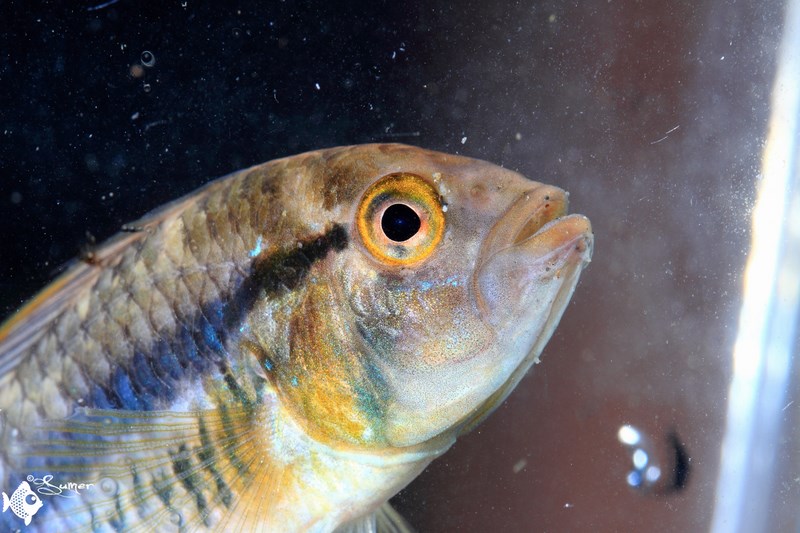
A tight close shot of the mouth. Surprisingly this male was in excellent condition unlike most wild caught fish which had nipped fins etc.
Within an hour we caught some Aphyolebias rubrocaudatus, some Porthole Catfish or Dianema longibarbis, Wolfish (Erythrinus sp. “Peru” ) and some tetras. Felix stepped further into the stream dipping his net in deeper water. After a few dips, he came back with a very beautiful knifefish, Gymnotus chaviro.
While I was appreciating the beauty of this knifefish, Brian came back with a weird catch. It first looked like an eel, but after a close inspection, we found that it had organs which are a characteristic of lungfish. I was not 100% sure about it, but based on it’s appearance and “legs” it probably was a lungfish, and we’ve since come to identify it as Lepidosiren paradoxa.
We released both the lungfish and knifefish back in the water and bagged some tetras and apistos. Once out of the stream, we socialized with the locals there and after taking some pictures we left for another place.
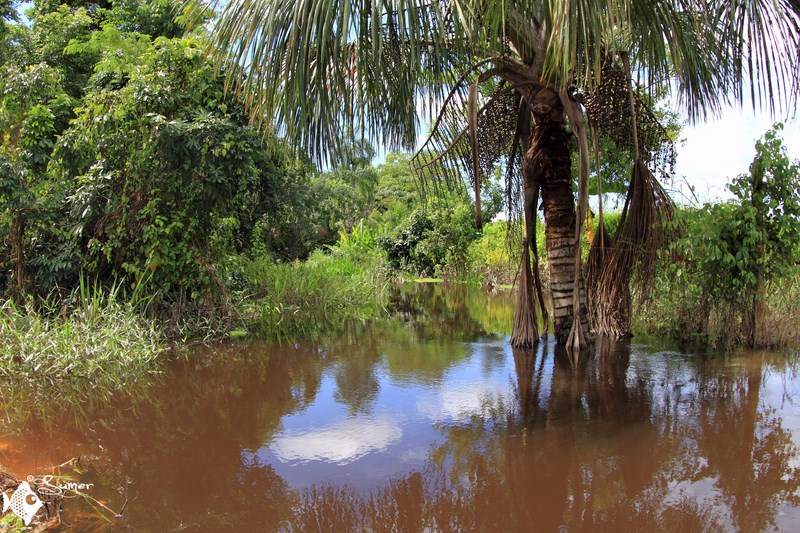
This was the pool where we caught these fish. pH of 4.6 and temperature of 79F. A perfect blackwater tropical biotope
It was around 1:00PM and we were driving towards a new place where Brian had caught a non-annual killifish a few years ago. We were not sure if that place will have water or not because it was very close to a highway and they might have filled that pond for construction. We reached our destination which was a small bridge over a stream. It was very dusty there because of its close proximity to the highway. We went in and started dipping our nets. It didn’t take us long to catch our first Rivulus christinae, a very beautiful non-annual killifish. We also caught some tetras from the same spot.
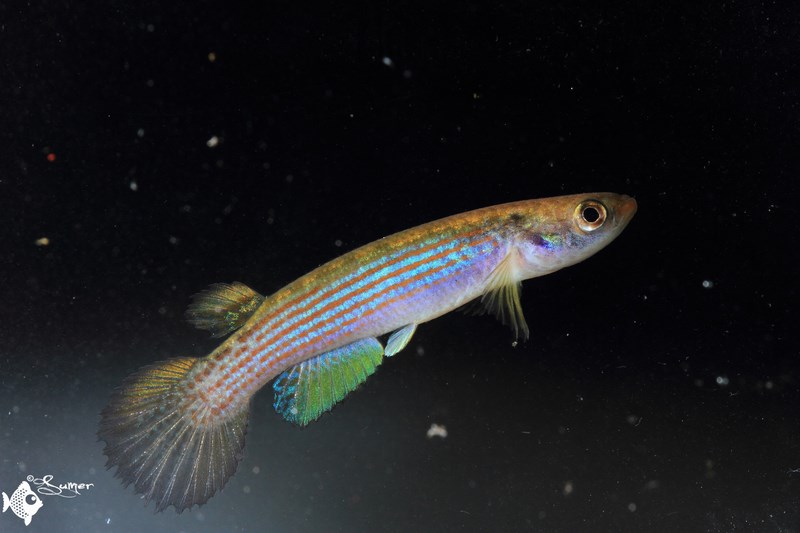
Rivulus christinae. A very colorful non annual killifish
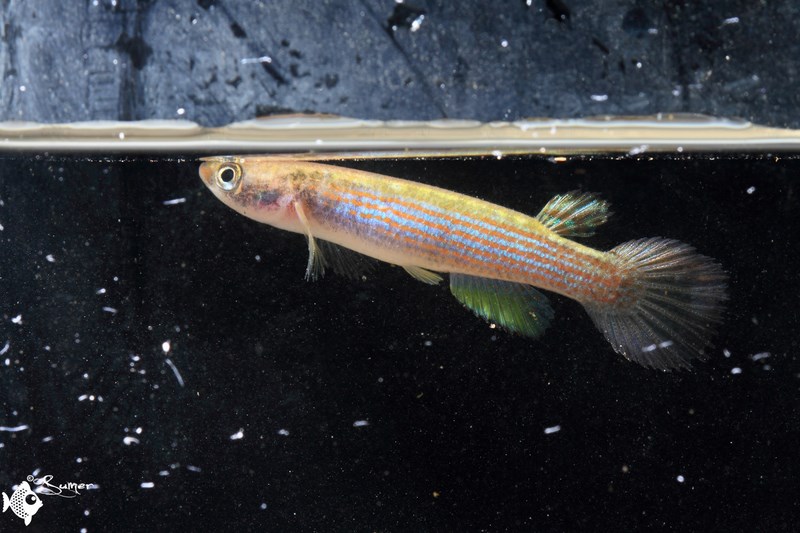
Males have amazing fluorescent colors
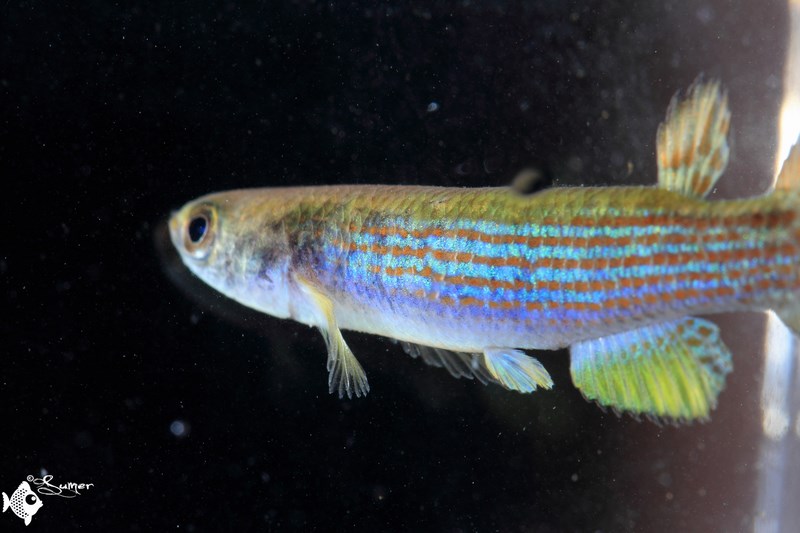
closeup of the colors on male’s body
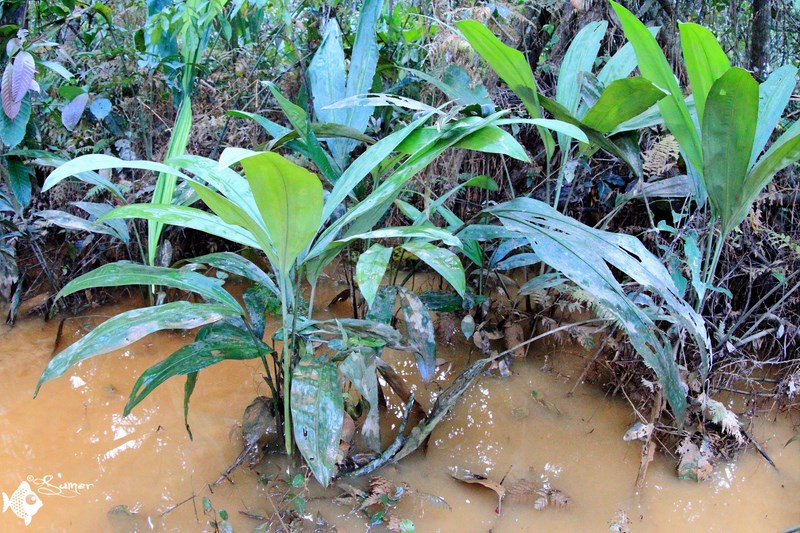
Habitat of Rivulus christnae
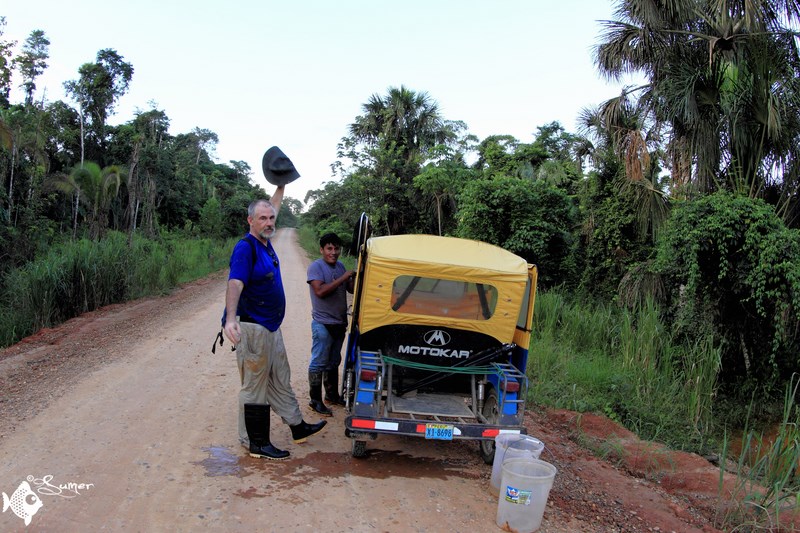
Brian celebrating the collection of Rivulus christinae
At around 3:30 PM we started heading back to our place.
Upon reaching home, we put killifish into deli cups and all other fishes in tanks. Then I started playing with a red howler monkeys who lived on treetops outside our house and tuxpi, our Peruvian naked dog.
After some chatting and homemade dinner, we hit the bed. Tomorrow, we’d have to drive pretty far to catch some more killifish and cories.
– Sumer
Collecting Trip to Peru: Part 1 | Part 2 | Part 3 | Part 4 | Part 5

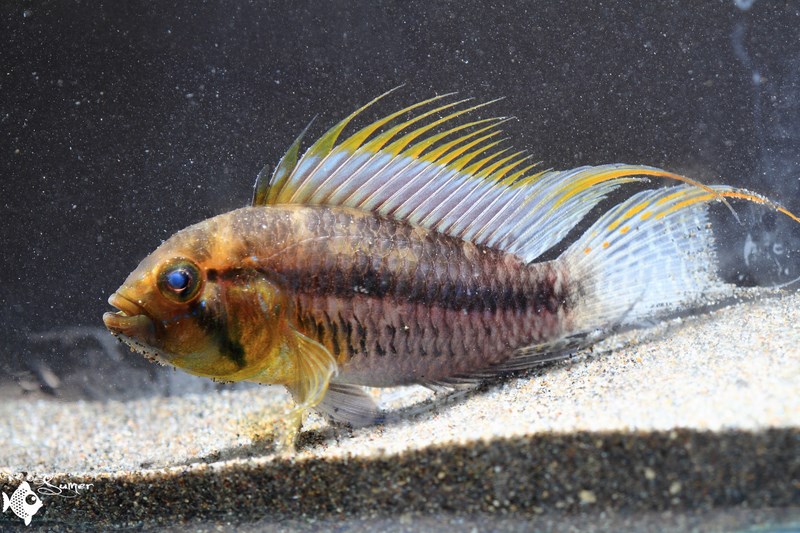
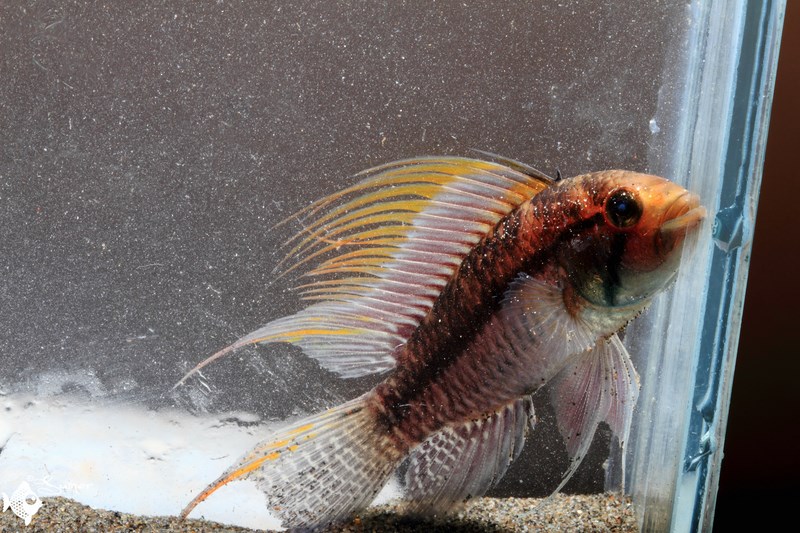
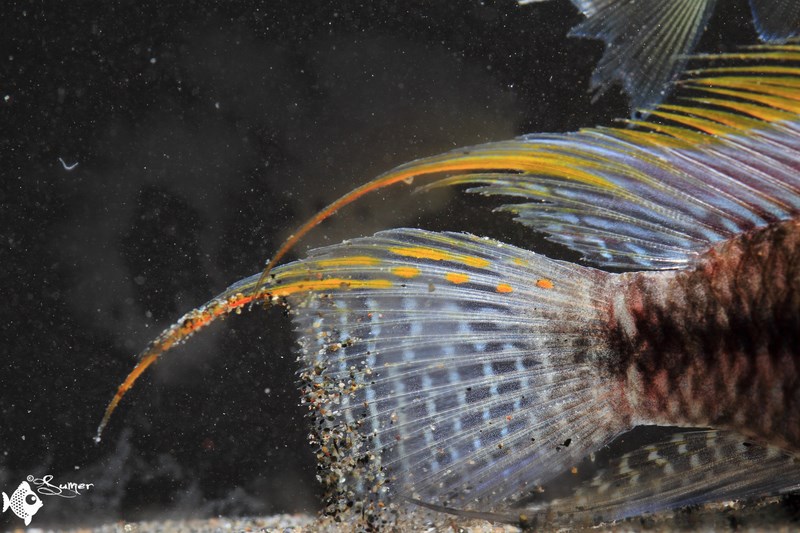
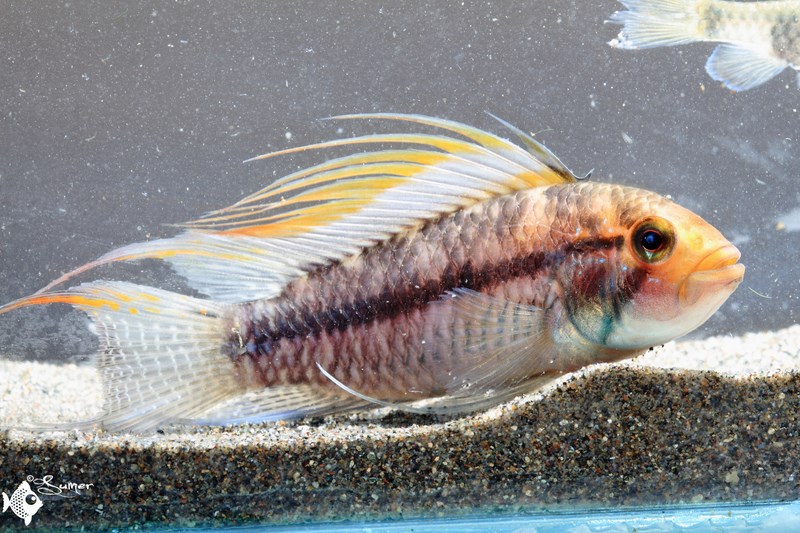
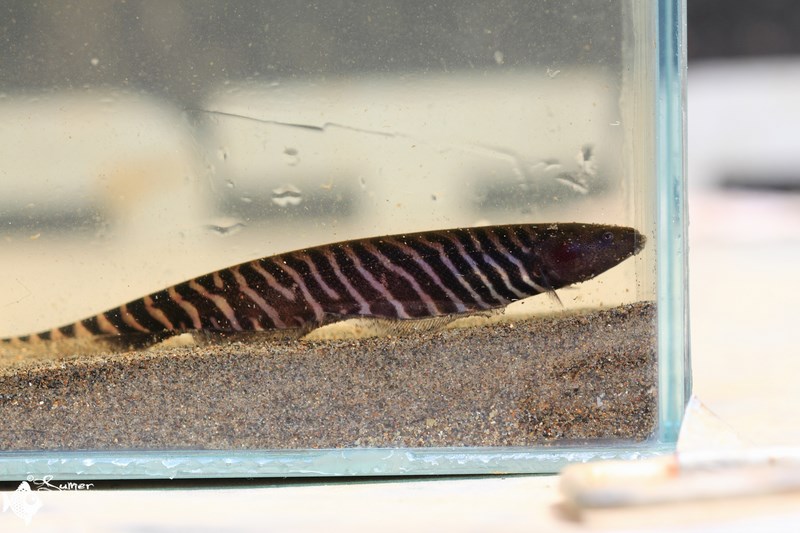
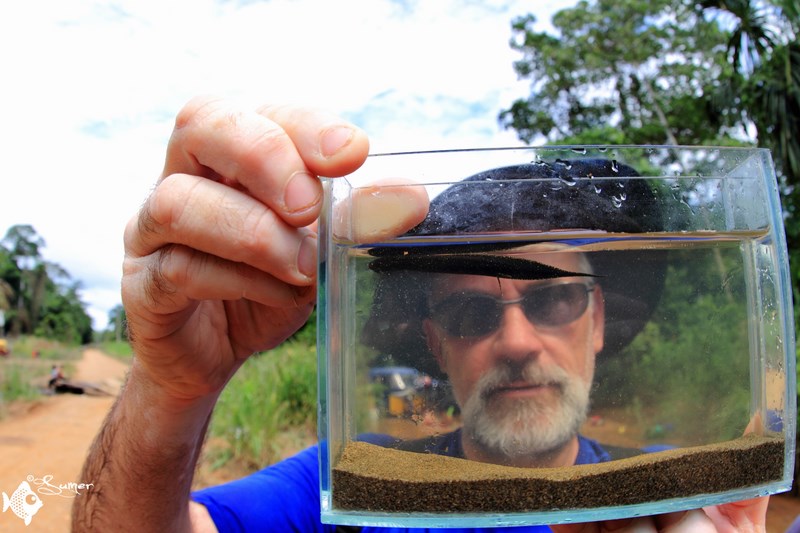
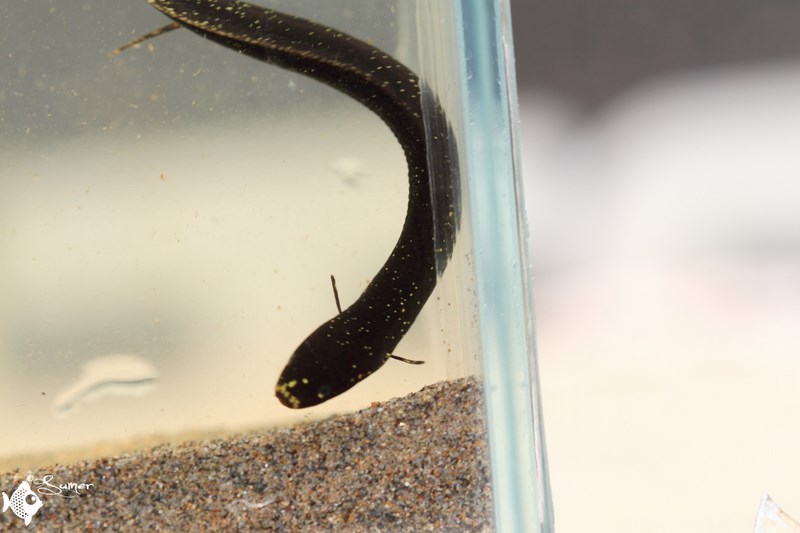

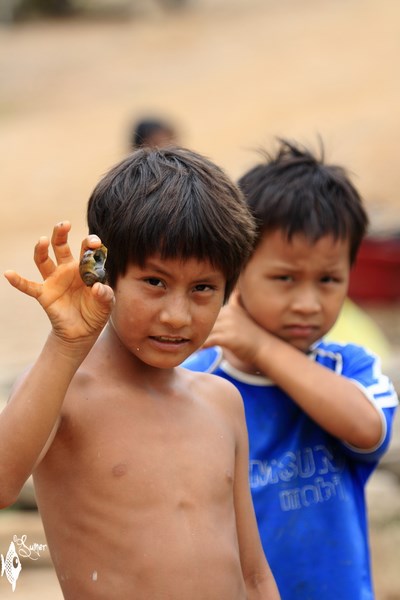
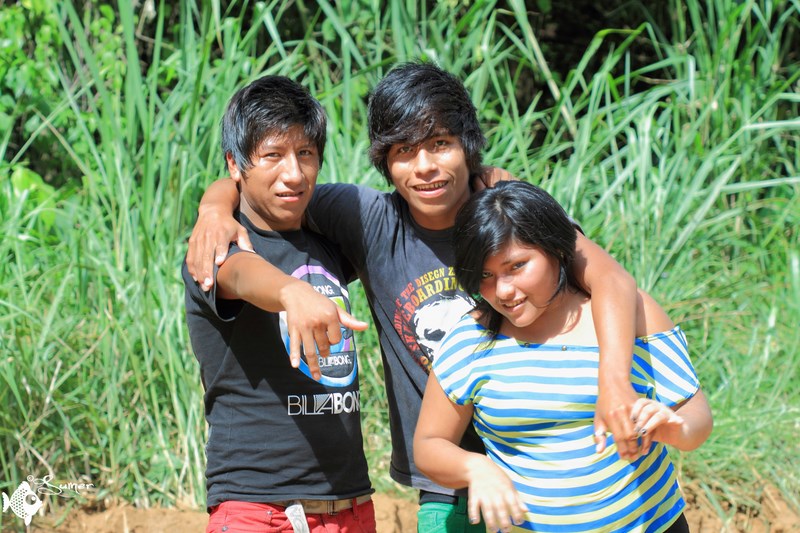
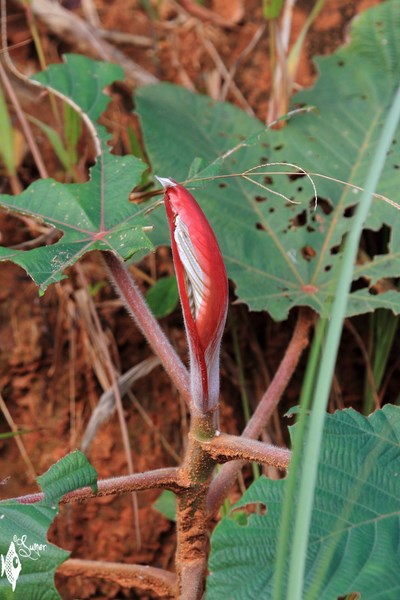
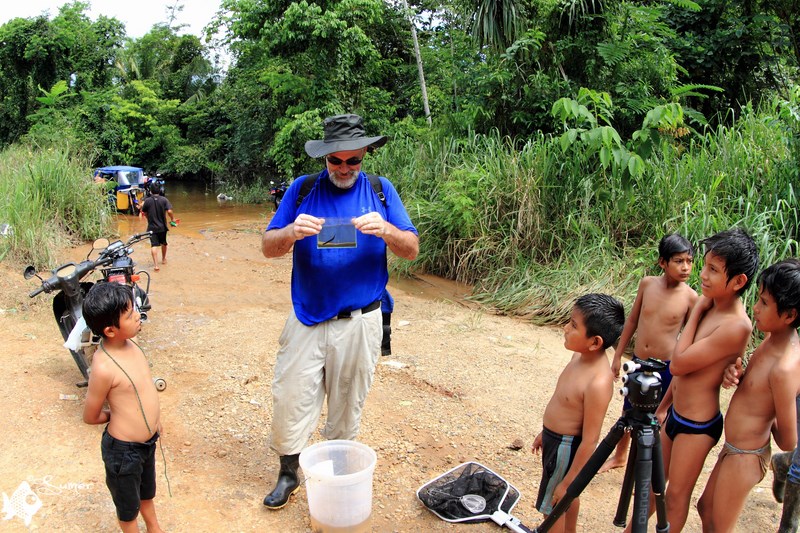
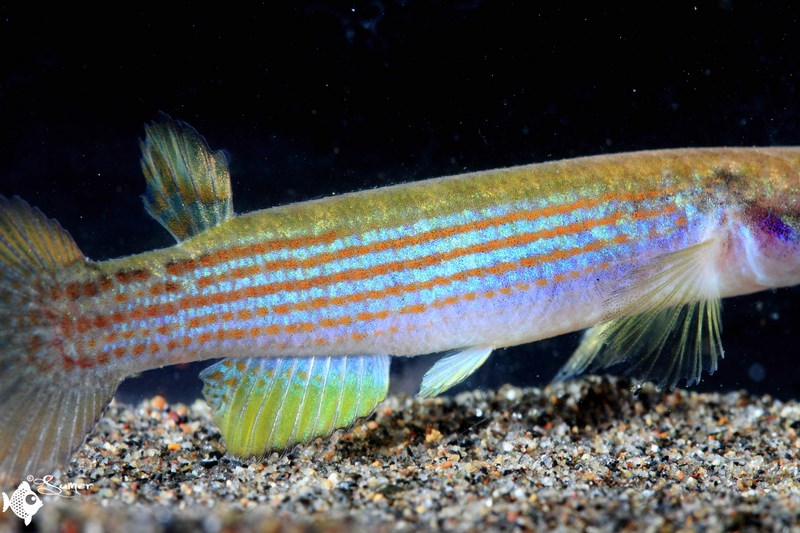
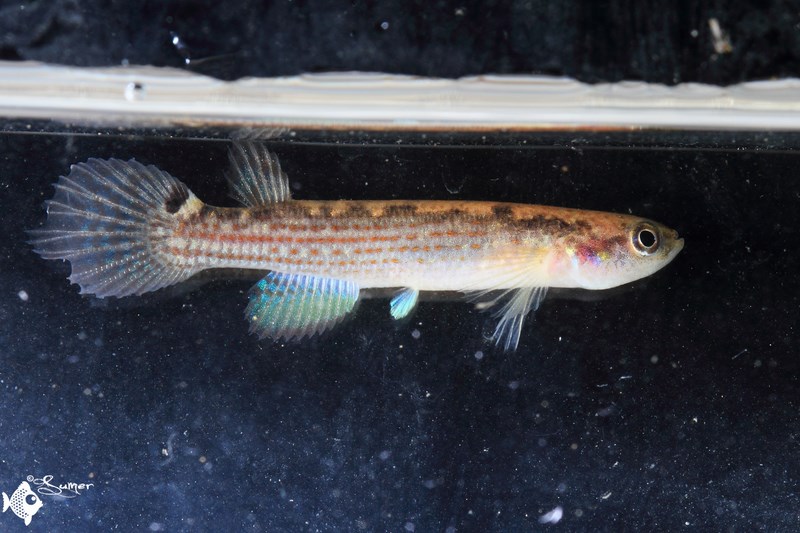
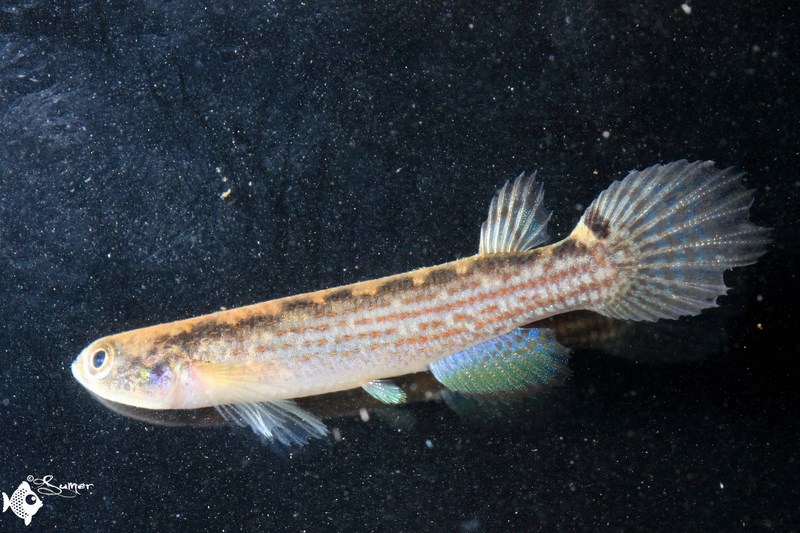
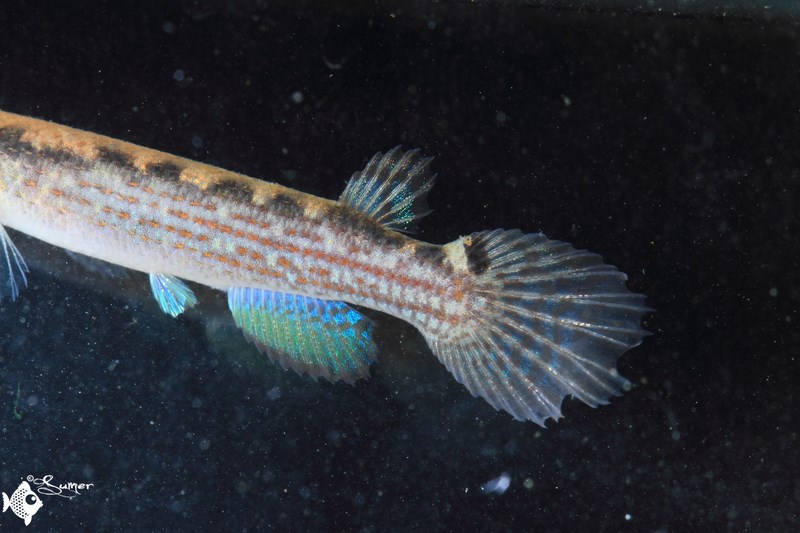
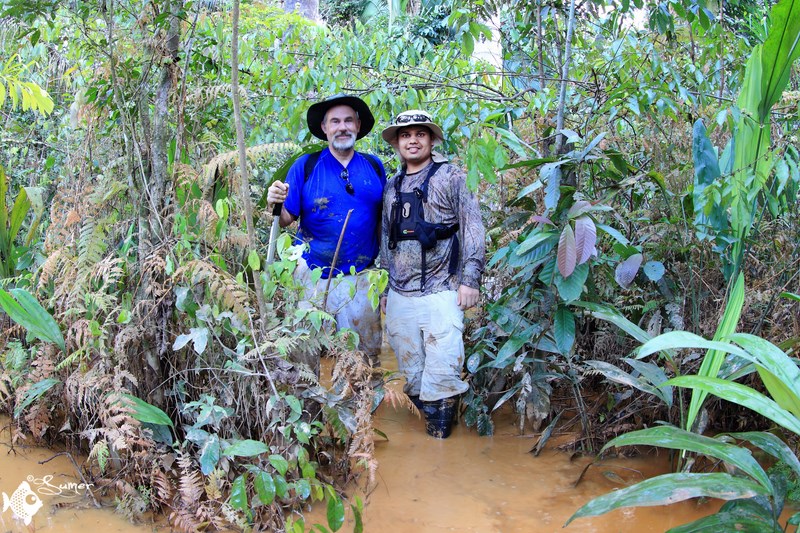





Amazing Sumer bhaiya !!!!!!
The extent of your interest and knowledge makes me gasp !!!
This fish world, an entirely new world for me, seems so interesting on seeing it through your lens.
Aaaah !! Love your blog.
ph 4.something…. 7 is neutral…it means 4 is quite acidic right? Didnt know that life thrives in acidic medium too…
Nice to see pictures of excited locals !! 🙂
Keep posting !!!
And yes, the dorsal fins of ‘that’ fish caught my eye !!!!